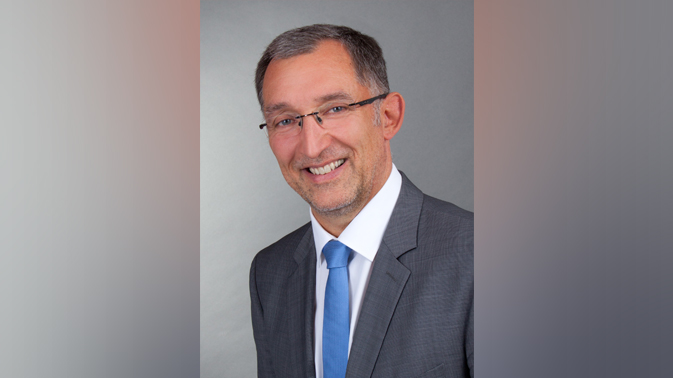What’s Miele’s approach to the innovation and design of its professional products?
Juergen Schaefer, Miele Product Marketing Manager

What’s Miele’s approach to the innovation and design of its professional products?
We’ve long understood the importance and power of collaborative thinking, so at the start of every new product design or innovation we define a working group across all different departments and areas which are involved in the process. This group uses their experience in their current roles to feed into the process.
Who’s typically involved in the working group?
We deliberately choose a range of employees from across the organisation; from sales, service, design, R&D and finance, as well as a team that specifically focuses on working processes from the customer side. We also use representatives from focus groups in the relevant markets. Each individual, no matter which department they work or what they do, has something of value to add to the process. It’s often the employees outside of product development that have the most to contribute: they may see things differently.
We’re extending that collaborative approach into an agile development process. It’s a more intelligent way of looking at production with team work at the heart of it. We create small teams from across the organisation, called scrums. In one week they are tasked with generating at least five possible solutions to a customer problem. Then board picks the best to move forward with.
What comes first product development or innovation?
As a rule, its customers who drive the process. Customers are not looking for one single washing machine; they’re looking for a way to solve a problem. Maybe they can’t get a machine that can wash a large volume of delicate fabrics or they need to prevent high-visibility uniforms from fading during a washing or dry cycle. Rarely do they ask for a certain drum rotation speed or heat specification. Problem solving is how approach product development and innovation.
How do you involve customers in the development of new products?
We involve customers directly in development of new products. Our product development team travels to customer sites to see how they interact with machines. We detail the laundry process – how they collect laundry, how it’s distributed, how it’s cleaned and returned. These insights give us valuable information and data on how the products work with and for customers, which can then be incorporated into design and development. Sometimes it’s the minor details that are the ones that change a product design or result in an innovation.
The process can take as long as three years. It’s important to remember that quality takes time. Miele will always focus on quality over a quick time to market.
Are customers’ needs becoming more complex as technology evolves?
We don’t offer customers a one-size fits all product. We have highly specialist products that work for different markets. Each of our machines can be customised to fit the need of the customer. We have users, like McDonald’s Restaurants Ltd for example, who may have a single machine in every restaurant but only want one wash cycle to make it easy for staff to use. We change the fascia of the machine to suit.
Recently we have seen that our customers are becoming more specialist – particularly as they begin to understand more about what’s possible from a cleaning perspective. It’s more than infection control or delicate fabrics. Our customers understand that Miele understands their needs.
What are the big product and laundry trends that customers are demanding?
Customers want machines that are smarter than ever. They want software tools to monitor and manage their wash and drying cycles. They want the ability to record and store temperatures and even the volume of soap used to deliver better performance. We already have an automated dispensing feature on our Benchmark machines, that uses a control system to dispense the right amount of cleaning liquid by weighing the clothes first. It’s about making it easier for the customer and much more economic. The automated process is much more accurate and achieves the perfect cleaning result.
We’re also seeing the requirement for ‘Smart Laundries’ for shared tenancy properties – whether that’s sheltered housing or a block of flats. Tenants can go online to a website, see what machines are being used and which ones aren’t – then reserve a time slot for use – so no more waiting around. And there’s no need for coins. The machine will simply record the usage and add the bill to the rent.
What future innovations are you working on?
The biggest issue in laundry is still water. We recently turned our innovation efforts to solving this problem and the result was the Benchmark product range, which has a greatly reduced water consumption requirement.
It doesn’t stop there however. With the current environmental pressures and resources being scarce, it’s vital that we continue to reduce consumption of everything – water, soap, energy and so on, but still offer the same level of quality that Miele is known for.
But it’s not just consumption we concentrate on. We look at the impact of machine as a whole. If we can improve the wash process, for example, so we can lengthen the life of an item of clothing or a mop. Think about resources required to make a piece of clothing? It’s vast too. This way we can reduce the need to make more, and for our customers to have to buy more. This was our motivation when we designed the Honeycomb drum that features in our washers and dryers.